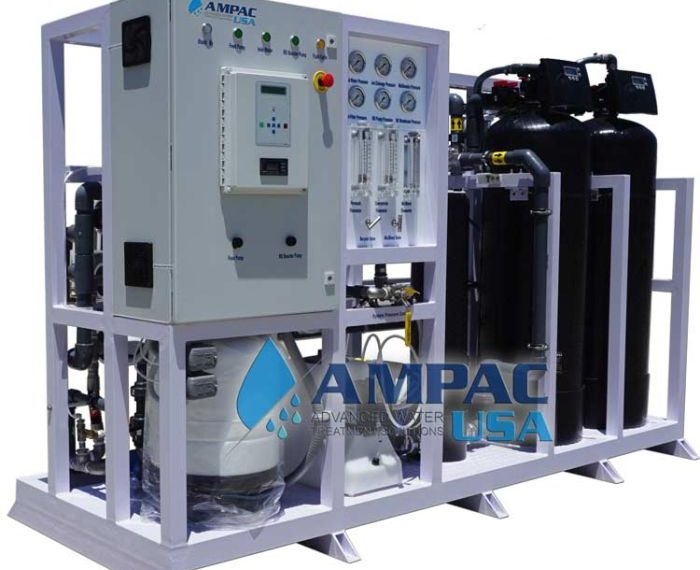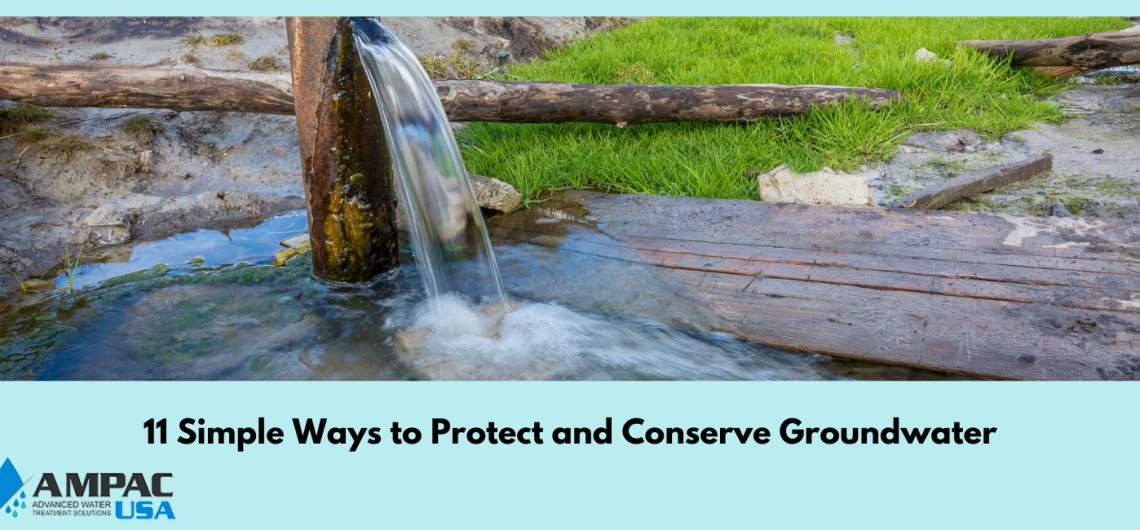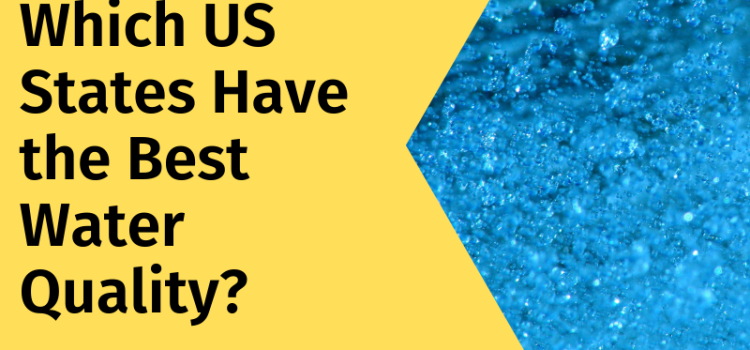Last updated on March 29th, 2025 at 12:40 pm
The much hyped phenomenon called Reverse Osmosis is quickly becoming a part of every home. RO is the reason that many of us get to consume safe water. While everybody know that this a surefire technique for water purification, but only some would know exactly what goes into purifying water so effectively with a reverse osmosis system.
Starting with the technique; first, let us understand that this is not a super complicated process that you will get a migraine while trying to comprehend. In fact, it is pretty straightforward and has been in use for quite a few years now.
So, Reverse Osmosis was developed after analyzing the effects of the Osmosis principle. In Osmosis, a low concentrated solution or a less salty one (for ease of understanding) is converted into a high concentration solution by passing it through a semi-permeable membrane. For purification, the objectives are exactly the opposite and that is why the scientist turned the process around to see what comes out. Well what came out was a great purification technique. When tried in the lab, the reverse process turned salty solution into a less salty one. The core technology has remained the same but has seen a substantial amount of evolution in terms of components which facilitate the process.
You must have figured by now that something called “a semi-permeable membrane” is a very important part. However, that is not the only thing that makes it successful. There are several other components which make a reverse osmosis system efficient, easy to use, durable and much more. Let us now explore everything that works backstage:
- Water Supply Line Valve: This is where the system gets the raw water from. One end is connected with the supply and the other goes into the system.
- Pre-treatment mechanism: Very often, the raw water supply needs to be pre-filtered in order to be all-set to be treated further by RO. Generally in form of a filter, the sediment pre-filter removes heavier particles and impurities from the raw water, then the carbon pre-filter remove, chlorine, organics, bacteria, improving taste odor and clarity of the raw water
- Semi-Permeable Membrane: The heart of the system; the membrane does most of the purification. It absorbs impurities and releases pure, drinkable water for consumption.
- Post-Treatment Mechanism: The membrane is not where the filtration stops. To further eliminate taste and odors, water goes through another carbon polishing post-filter. This stage is determined according to the unique filtration needs of a supply
- Check Valve Assembly: The purpose of this part is to prevent treated water from running back towards the membrane. It is generally placed at the outlet of the membrane.
- Flow Restrictor: Uneven flow can interfere with the quality of water purification. This is where flow restrictor helps; it allows upkeep of just the right volume required for membrane to process optimal amount of water
- Automatic Shut-off-valve: This valve stops further purification once it senses that the storage tank is full to prevent the RO system from wasting water.
- Faucet/Tap: This is the medium that finally delivers water treated from various stages. It is required to be easily operated and durable.
- Drain Saddle Connection: The separated impure water runs to an outlet or drain through this component.
- Storage Tank: Depending upon the needs of your home or office, RO systems come in various storage capacity configurations.
With the above information, you can surely make an intelligent decision while buying an RO system for your home. Understanding the purpose of each component will give you a fair idea of what exactly you would need to ensure highly pure water from your supply.












Your point of view caught my eye and was very interesting. Thanks. I have a question for you. https://www.binance.info/es-MX/register-person?ref=JHQQKNKN
Your point of view caught my eye and was very interesting. Thanks. I have a question for you.
Thanks for sharing. I read many of your blog posts, cool, your blog is very good.
I don’t think the title of your article matches the content lol. Just kidding, mainly because I had some doubts after reading the article.